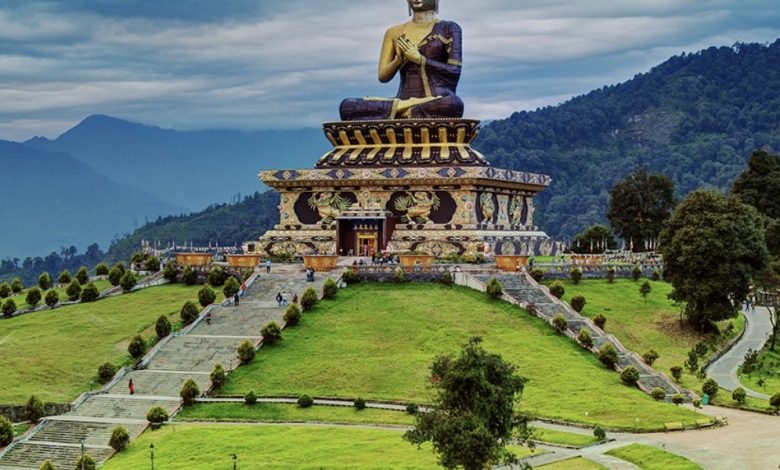Etymology of Siam

Etymology of Siam
The country has always been called Mueang Thai by its citizens.[citation needed] By outsiders, prior to 1949, it was usually known by the exonym Siam (Thai: สยาม RTGS: sayam, pronounced [sajǎːm], also spelled Siem, Syâm, or Syâma). The word Siam may have originated
from Pali (suvaṇṇabhūmi, ‘land of gold’) or Sanskrit श्याम (śyāma, ‘dark’) or Mon ရာမည(rhmañña, ‘stranger’). The names Shan and A-hom seem to be variants of the same word. The word Śyâma is possibly not its origin, but a learned and artificial distortion.[clarification needed][15] Another theory is the name derives from Chinese: “Ayutthaya emerged as a dominant centre in the late
14th century. The Chinese called this region Xian, which the Portuguese converted into Siam.”[16]:8 A further possibility is that Mon-speaking peoples migrating south called themselves syem as do the autochthonous Mon-Khmer-speaking inhabitants of the Malay Peninsula.[citation needed]
SPPM Mongkut Rex Siamensium, King Mongkut’s signature
The signature of King Mongkut (r. 1851–1868) reads SPPM (Somdet Phra Poramenthra Maha) Mongkut Rex Siamensium (Mongkut King of the Siamese),
and the usage of the name in the first international Bowring Treaty giving the name Siam official status until 24 June 1939 when it was changed to “Thailand”.[17] Thailand was renamed Siam from 1946 to 1948, after which it again reverted to “Thailand”.
